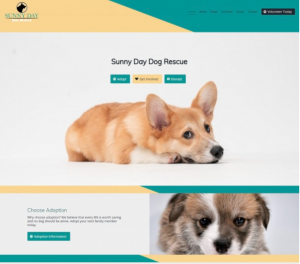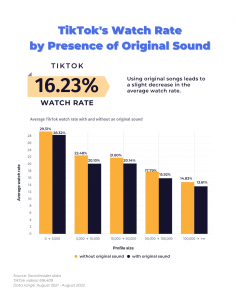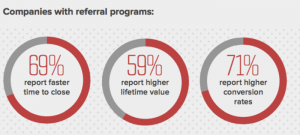Two experts discuss virtual worlds and how marketers can connect with metaverse users.
Marketers are making inroads in virtual worlds, but there is still a long way to go before reaching the metaverse, according to two experts who spoke at The MarTech Conference.
That’s why it’s on the to-do list for so many companies, but as a long-term play. In our flash survey, over three quarters of marketers were planning some kind of metaverse activation, but for 28.7%, this was coming six or more years down the road.
What will the metaverse be?
“I don’t believe the metaverse exists yet,” said Lisa Peyton, immersive and strategic communications instructor for University of Oregon.
For Peyton, the metaverse means “interoperable virtual spaces where you can go between them seamlessly and frictionlessly.”
She added, “Right now, we have several walled gardens that people are referring to as ‘metaverses.’ I don’t call them that. I call them virtual worlds.”
“The metaverse is not coming soon,” said Tim Parkin, President of Parkin Consulting. “It’s not tomorrow, it’s not next year. This is going to be a long development, and it will take a long time for people to accept it, realize what it really is, understand it, and adopt it.”
Users’ role in the metaverse
The intent of the metaverse is to give users the power to create their own experiences and also to interact with others in these spaces, and even collaborate with each other.
“I have a background in video games and game design, and I would say the metaverse, in its intention and design, is supposed to be the world’s largest video game, essentially,” said Parkin. “[In it] we can all participate and play and interact together remotely from wherever we are and experience things that we couldn’t experience in real life. That’s really the value of the metaverse, is that it brings people together in a new context, in a new way, so that we can experience things different from reality and also together.”
“If we think about that magical Star Trek future that we all dream of, with interplanetary travel — free and open and democratic for all — that’s really my vision of what I hope the metaverse can be,” said Peyton.
Connecting with metaverse users
In reviewing existing virtual worlds, marketers need to understand the user base and see if their customers are present on the platform.
“As a marketer, I can never know too much about who I’m trying to reach, who I’m trying to influence, who I’m trying to educate,” said Peyton. “To that end, you really want to understand who your audience is and where they are.”
Just like social media platforms like Facebook, virtual worlds have their own distinct audiences and cultures. Second Life skews older, for instance, while Roblox is a younger crowd.
“Games have been around for a long time, and the metaverse really is a gaming experience,” said Parkin. “Games like World of Warcraft have active massive communities of people. Microsoft buying Mojang [Studios], the creator of Minecraft, several years ago, shows the power of these virtual communities. And absolutely your audiences are in these virtual worlds.”
Whether or not the metaverse we imagine exists today, there are users in video games and virtual communities that marketers need to connect with, and it’s possible to do that today.
The post What is the metaverse and how can we get there? appeared first on MarTech.
MarTech(21)
Report Post







